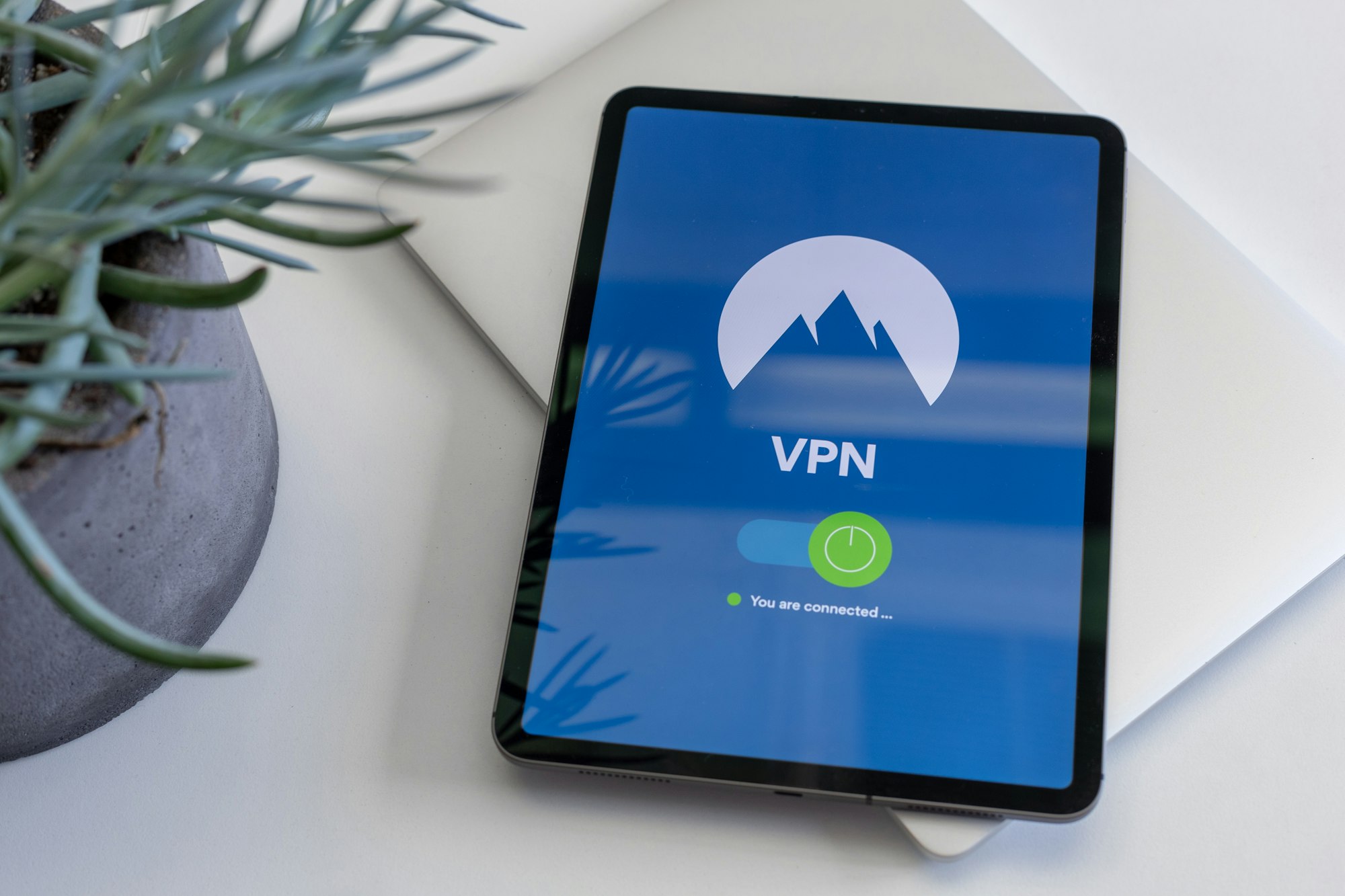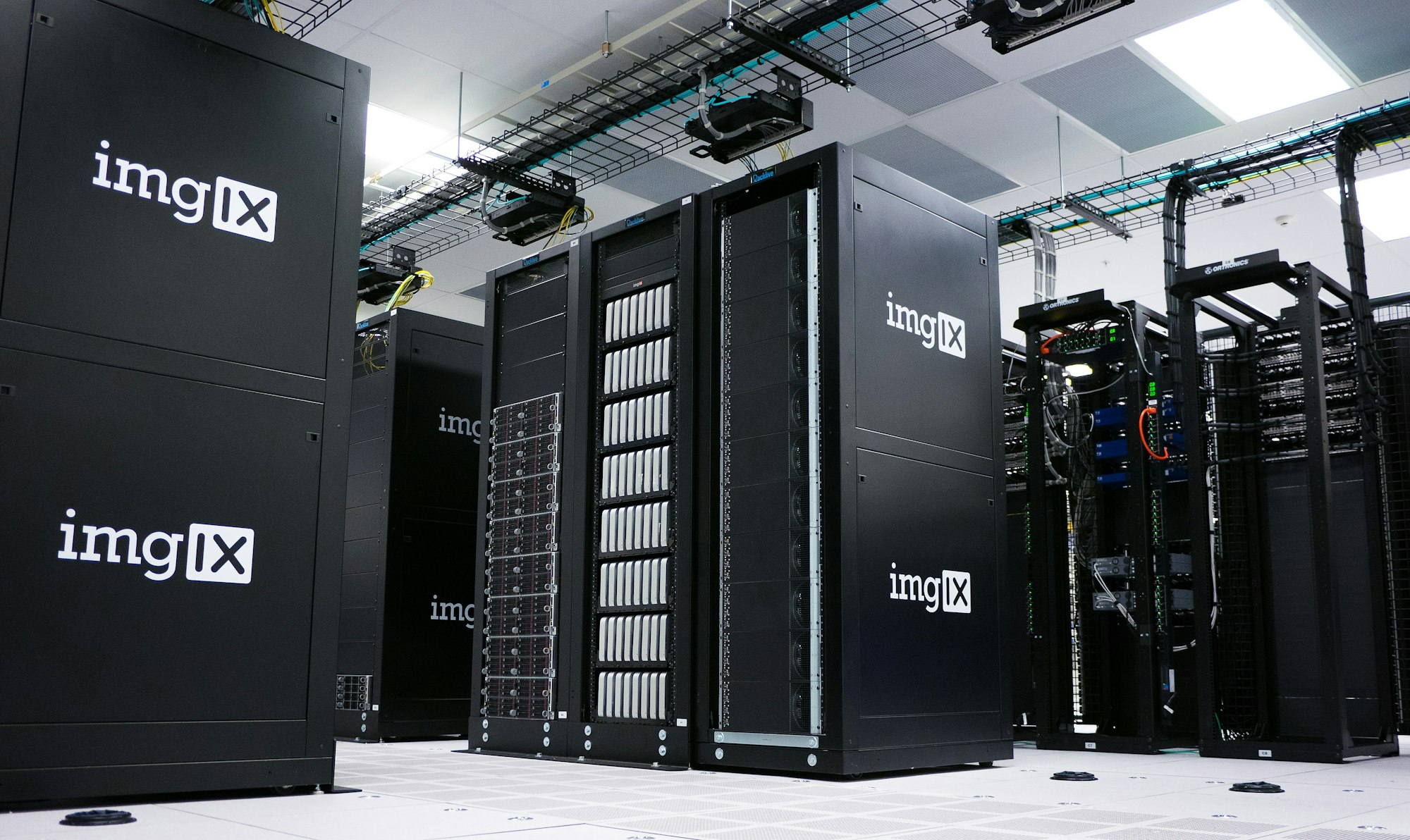SSH, or Secure Shell, is a network protocol that provides a secure way to access and manage a remote computer or server over an unsecured network, such as the internet. It uses encryption techniques to ensure that all data transmitted between the local and remote machines is secure and private.
The main purpose of SSH is to establish a secure and encrypted communication channel between two devices, allowing a user to remotely access and control a device as if they were physically present at the device. SSH can be used for a wide range of purposes, including remote command-line access, file transfer, and tunneling network traffic.
SSH operates on two main components: the client and the server. The client is the software application used to initiate the secure connection, while the server is the software running on the remote machine that accepts incoming connection requests.
The Early Years and Telnet
Telnet is a protocol used for remotely accessing a computer or server over a network. It was first introduced in 1969 and became popular in the 1980s and 1990s as a way for users to connect to remote computers and mainframes.
Telnet works by creating a virtual terminal session between the client and the server. When a user connects to a remote system using Telnet, the user's keyboard and display are linked to the remote system, giving the user the impression that they are interacting with the remote system directly.
One of the main drawbacks of Telnet is that it is not a secure protocol, and all data transmitted between the client and server is sent in plain text. This means that Telnet is vulnerable to interception and eavesdropping, making it unsuitable for transmitting sensitive data like passwords or credit card numbers.
For this reason, Telnet has largely been replaced by more secure protocols like SSH (Secure Shell), which encrypts all data transmitted between the client and server, making it much more difficult for attackers to intercept or eavesdrop on the communication.
Despite its limitations, Telnet is still used in some legacy systems or for non-sensitive tasks where security is not a concern. However, for most modern applications, SSH or other secure protocols are preferred to ensure the confidentiality and integrity of the data being transmitted.
The History of SSH
The history of SSH (Secure Shell) dates back to the early 1990s when the Internet was still a relatively new technology. At the time, there were several ways to remotely log in to a computer or server over a network, but none of them were secure or encrypted.
In 1995, a Finnish programmer named Tatu Ylonen decided to create a secure replacement for the older Telnet protocol, which transmitted data in plaintext and was vulnerable to eavesdropping and other attacks. Ylonen's new protocol, called Secure Shell or SSH, used encryption to protect data transmitted between a client and server.
Ylonen released the first version of SSH in 1995 as freeware, and it quickly gained popularity among system administrators and other technical users. Over the years, SSH has evolved and expanded, with new features added to support file transfers, remote command execution, and other tasks.
In 1996, the SSH protocol was standardized by the Internet Engineering Task Force (IETF), which helped to further cement its status as the de facto standard for secure remote access. Today, SSH is widely used in the IT industry for remote administration, file transfers, and other tasks that require secure and encrypted communication between computers.
There are several implementations of the SSH protocol, including OpenSSH, which is open source and included with most Linux and Unix systems, as well as commercial implementations like Tectia SSH and SSH Communications Security.
What is a Client?
In SSH (Secure Shell), a client is a software application that is used to initiate a secure connection with a remote server or device. The SSH client is typically installed on the user's local computer or device and provides a user interface through which the user can log in to and interact with the remote server or device.
The SSH client uses the SSH protocol to establish a secure and encrypted connection with the remote server, and it allows the user to execute commands on the remote server, transfer files, and perform other tasks as if they were physically present at the server.

When the user initiates an SSH connection, the SSH client sends a request to the remote server to establish a secure connection. The remote server then responds with a public key, which the client uses to encrypt a random session key. The server decrypts the session key using its private key and uses it to encrypt all subsequent communication with the client.
Once the secure connection is established, the user can enter commands on the remote server through the SSH client, and the server will execute those commands and return the results to the client. This allows the user to remotely access and manage the server as if they were sitting in front of it, while ensuring that all data transmitted between the client and server is secure and encrypted.
What is a Server?
A server is a remote computer or device that is set up to accept incoming SSH connections from clients. The SSH server software is installed on the server, allowing it to receive and respond to SSH connection requests.

When an SSH client connects to an SSH server, the server authenticates the client and establishes a secure and encrypted connection. Once the connection is established, the client can execute commands on the server, transfer files, and perform other tasks, as if they were physically present at the server.
The SSH server listens on a specific port, typically port 22, for incoming SSH connection requests from clients. When a client initiates a connection, the server uses a public key to authenticate the client, and then establishes a secure and encrypted communication channel with the client. The server then allows the client to execute commands or perform other tasks, depending on the access permissions assigned to the client's account on the server.
SSH servers are commonly used for remote administration of computers and devices, allowing administrators to securely manage systems from anywhere in the world. SSH servers can also be used for file transfers, remote backups, and other tasks that require secure and encrypted communication channels between computers.






